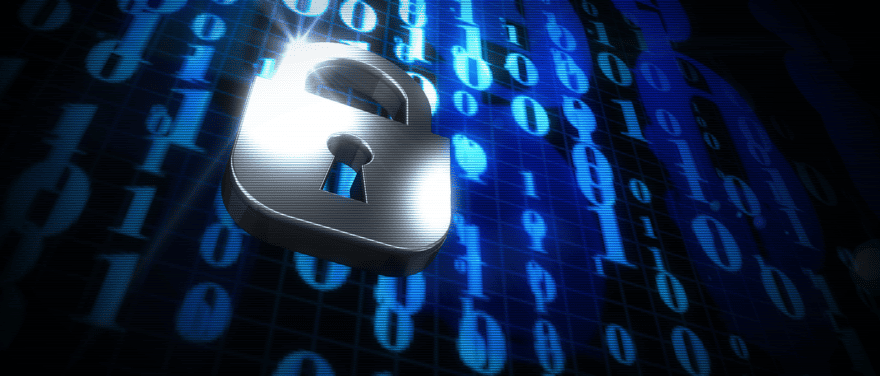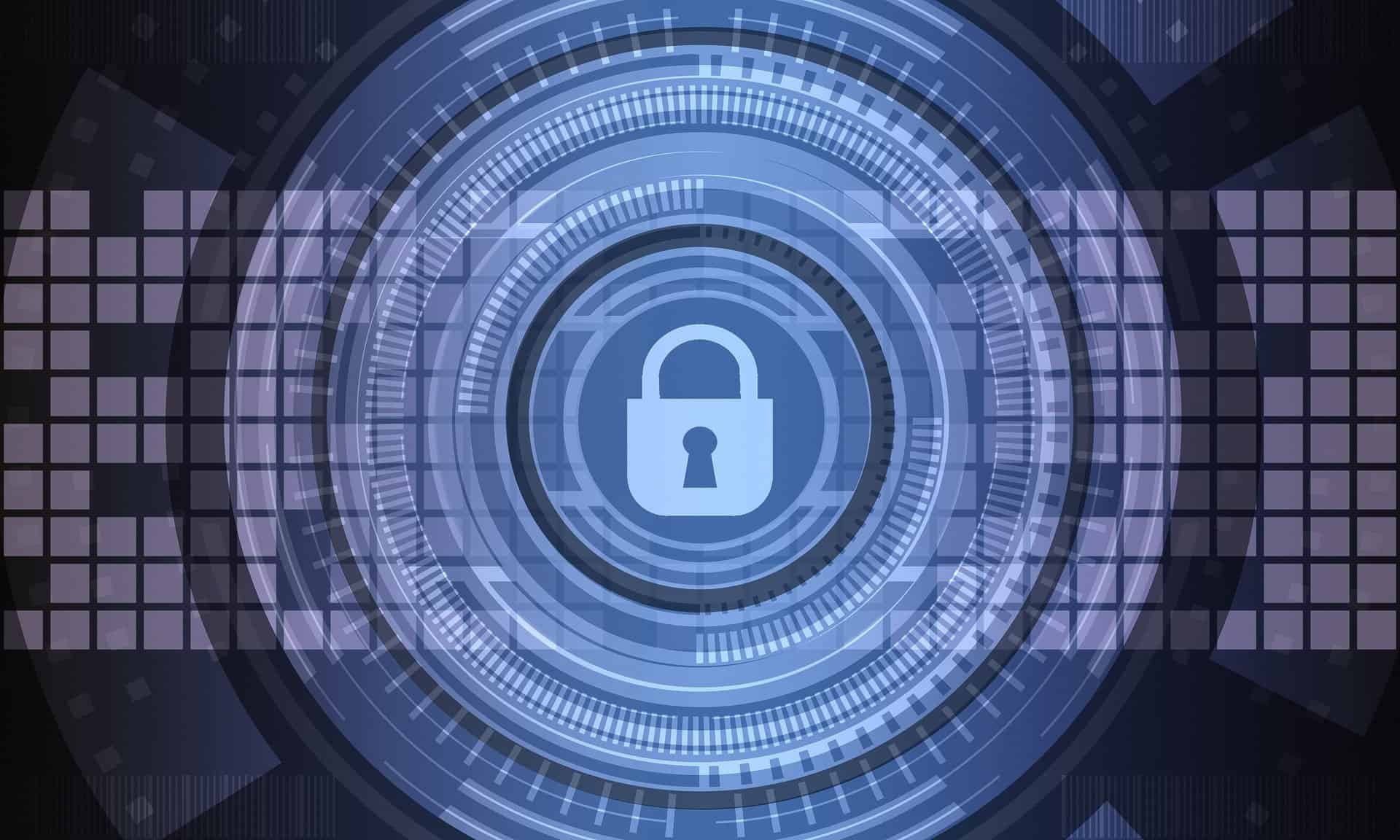
Pretty Good Privacy (PGP) is an encryption standard commonly used for email. It stands for Pretty Good Privacy, and that pretty much sums it up. The system has its drawbacks, but as far as standards go, it’s one of the best out there right now. Without PGP, your emails will be sent in plain text which could lead to them being discovered by a third party or hacker. With PGP enabled, your emails are sent in an unbreakable code which only you and the receiver can understand. It sounds simple, but it’s not so easy to implement. Let’s look at what PGP is and why you need it…
What Is PGP?
It stands for Pretty Good Privacy and it’s used for encrypting and decrypting messages. Encryption is the process of transforming information into a secret code, and decryption is the transformation back to its original state. It works using a ‘key’ to lock and unlock a message. A ‘Public key’ is used to encrypt a message and a ‘Private key’ is used to decrypt it. A user can give their public key to others so they can send them encrypted messages. The recipient has the private key to decrypt the message, which can only be unlocked by the public key. PGP was developed by Phil Zimmermann in 1991. He created it after he became frustrated with the lack of security in email systems at the time. He wanted to create a system where people could communicate securely without having to pay for software.
Why You Need Pretty Good Privacy In Your Life
With millions of people suffering data breaches and hacks, the need for PGP has never been more important. How often do you hear about hackers breaking into individuals’ emails and stealing sensitive data like credit card numbers, medical records, and even Social Security numbers? That’s why it is so important. Email is the most common form of communication in today’s office. Most organizations send sensitive data via email as it’s a quick and easy way to get it to the right people in a timely fashion. But without PGP, these emails are being sent in plain text which could lead to them being discovered by a third party or hacker. With PGP enabled, your emails are sent in an unbreakable code, which only you and the receiver can understand. It sounds simple, but it’s not so easy to implement.

How To Install PGP
Before you can start using PGP, you need to install it. Fortunately, it’s not as hard as you may think. However, it’s a good idea to ensure that your computer is up to scratch. You’ll want a machine that has at least 4GB of RAM and is running a recent version of Windows. Fortunately, there are a number of services where you can download PGP for free. These include:
- GPG Tools: This is a free desktop application that provides support for GPG, a suite of encryption tools.
- GPG Tools for Mac: This is a free Mac OS X application that provides support for GPG.
- GNU Privacy Guard: This is a free command line crypto tool that provides support for GPG.
- G Suite: This is a free desktop and mobile app that provides support for GPG.
- G Suite for Mac: This is a free Mac OS X app that provides support for GPG.
How To Use PGP For Email Security
Let’s say your friend has installed PGP and given you their public key. To send them an encrypted email, you would need to first create a new message. Then, click ‘Options’, ‘Security’, and select ‘Encrypt message’. Next, drag their public key into the box and click ‘OK’. From here, it’s the same as sending an unencrypted email. You just need to provide the details of the message, click send, and the message will be encrypted. The receiver will receive an email with a password prompt. They just need to enter that password and the email will be decrypted. PGP uses asymmetric cryptography, which means that each user has their own unique public/private key pair. Each person’s public key is published online and anyone can use it to encrypt a message. Only the person who owns the corresponding private key can decrypt the message, PGP supports many different types of encryption algorithms including DES, IDEA, Blowfish, Twofish, CAST, and RSA.
Drawbacks To Using PGP
As we’ve discussed, PGP encryption is unbreakable but that doesn’t mean it’s easy to use. As we explained previously, you need to send your friend a copy of your public key so they can send you an encrypted email. If they don’t have the technology installed, they can’t read your email. Unfortunately, this means that you can’t send sensitive information to people who don’t have the technology installed. Furthermore, you don’t know if the person you’re talking to is trustworthy. You don’t know if they’ve been hacked or if their computer was compromised. You don’t know what kind of encryption they use. All you know is that they sent you an encrypted message. PGP is based on trust, so you need to trust that they are who they say they are, you also have to trust your own judgment about whether or not you should trust the person you’re talking with.
Additionally, Pretty Good Privacy (PGP) is a software application that encrypts data before sending it over the internet. PGP is not free software, but it’s still pretty cheap at $15 per year. If you’re going to use PGP, you’ll need to purchase a license for it.

Bottom Line
Unfortunately, we live in a world where privacy and cybersecurity are on the decline. With millions of people suffering data breaches and hacks, the need for PGP has never been more important. Fortunately, PGP encryption is unbreakable and there are numerous services where you can download the software for free. Once you’ve installed the software, you can start sending encrypted emails to loved ones and colleagues. However, you will need to send them a copy of your public key. To ensure that your data remains safe and secure, you need to be using PGP encryption.
